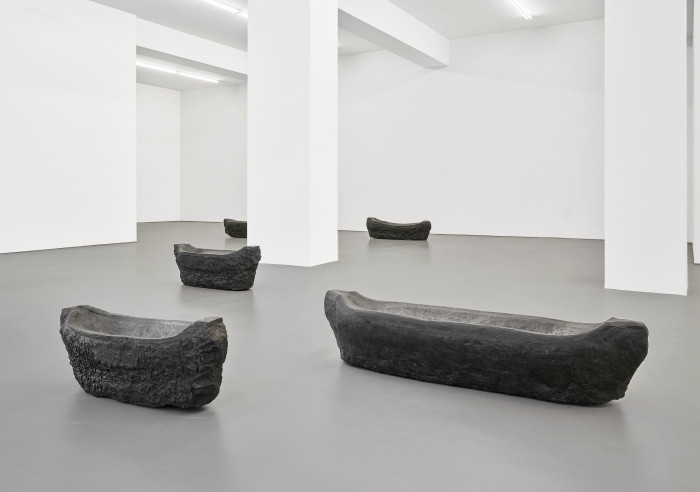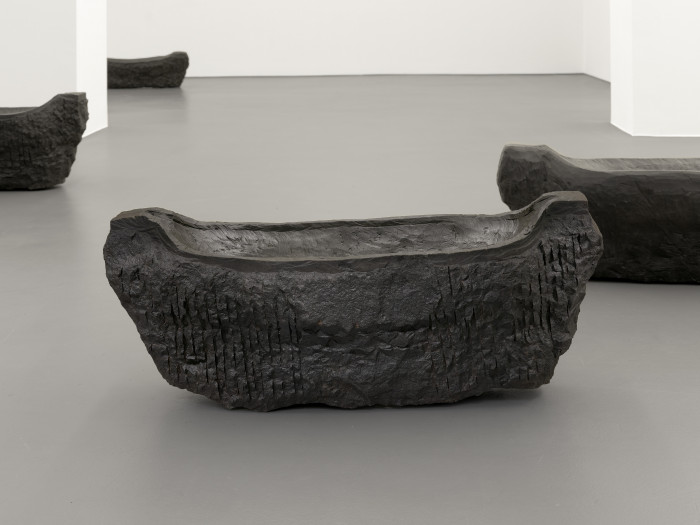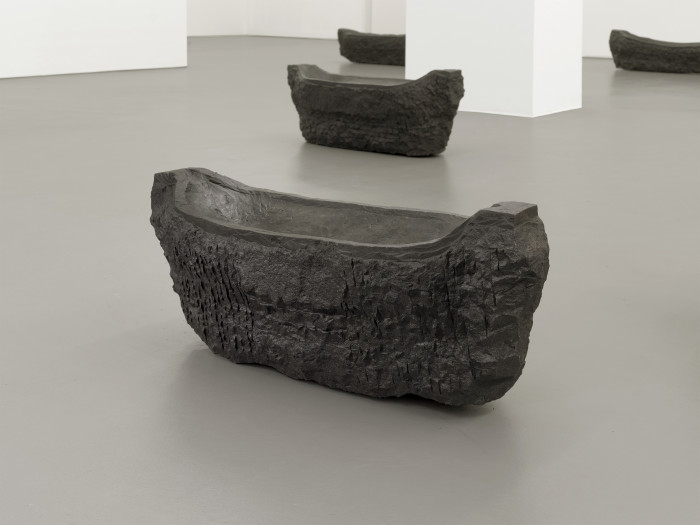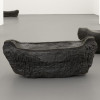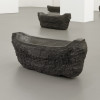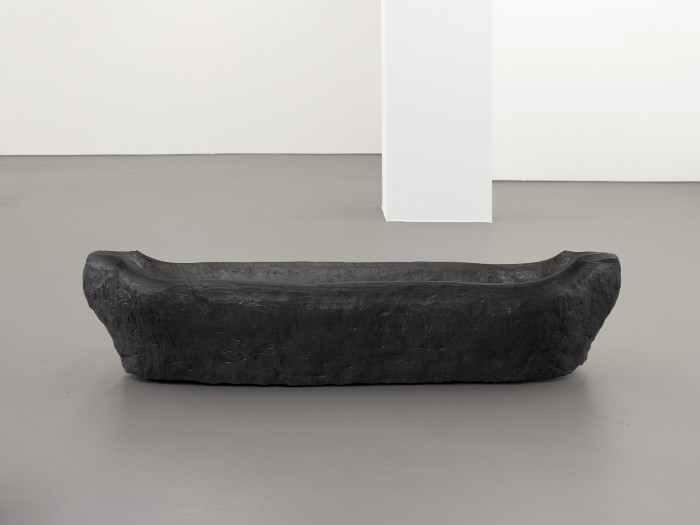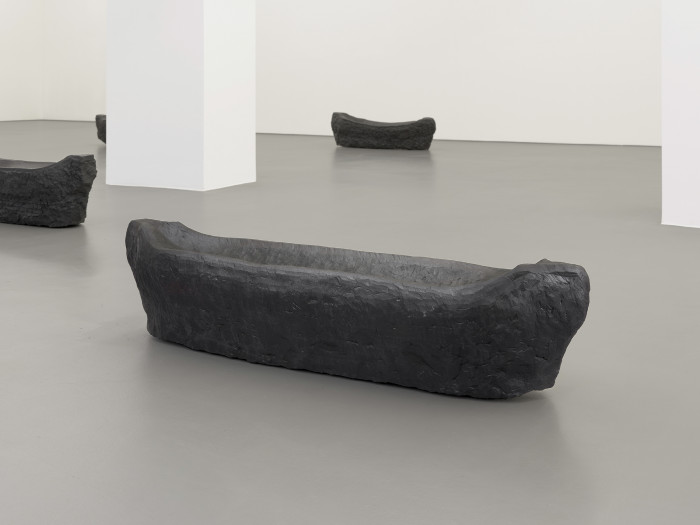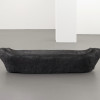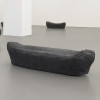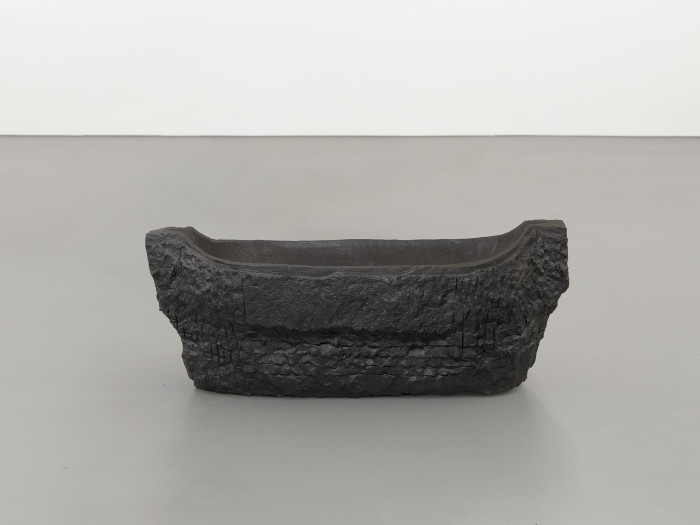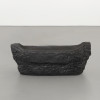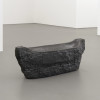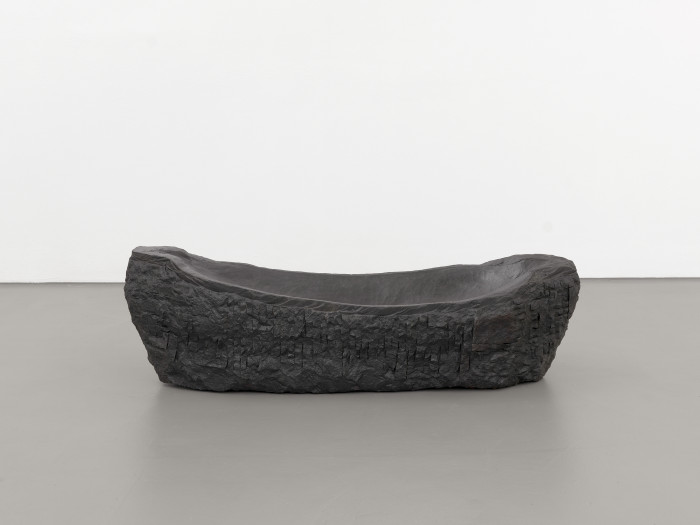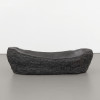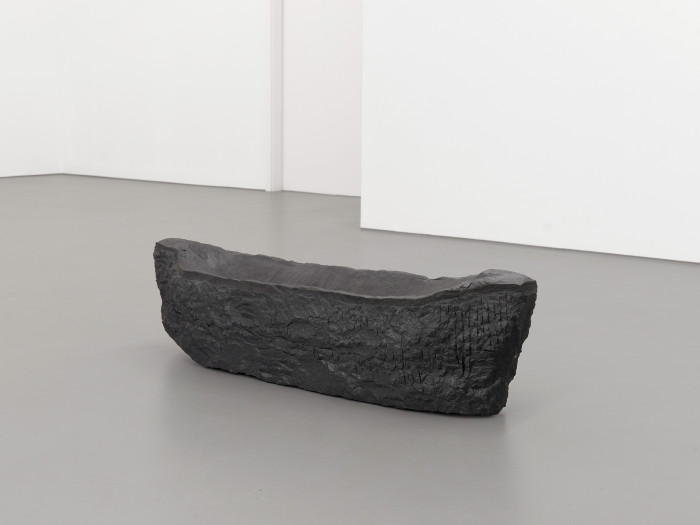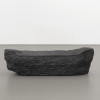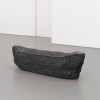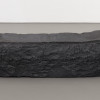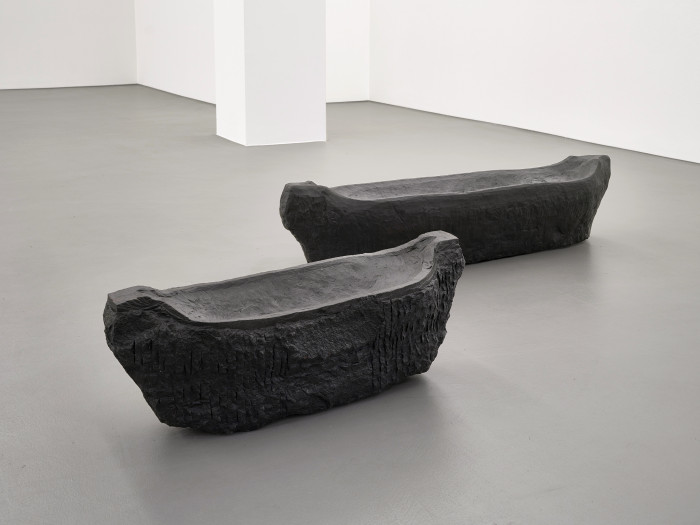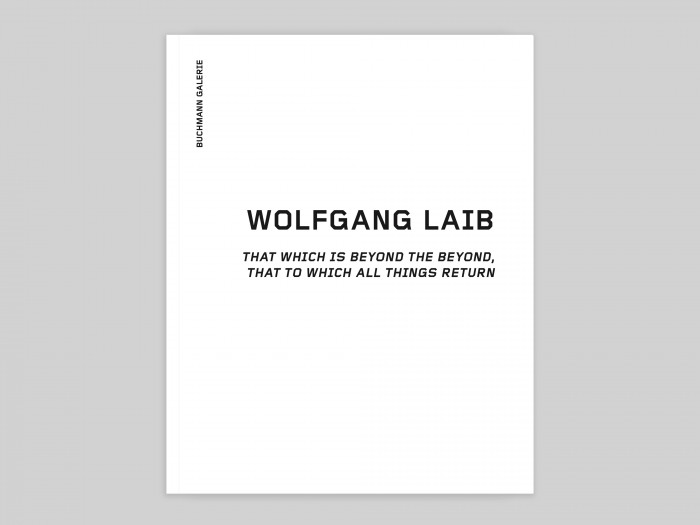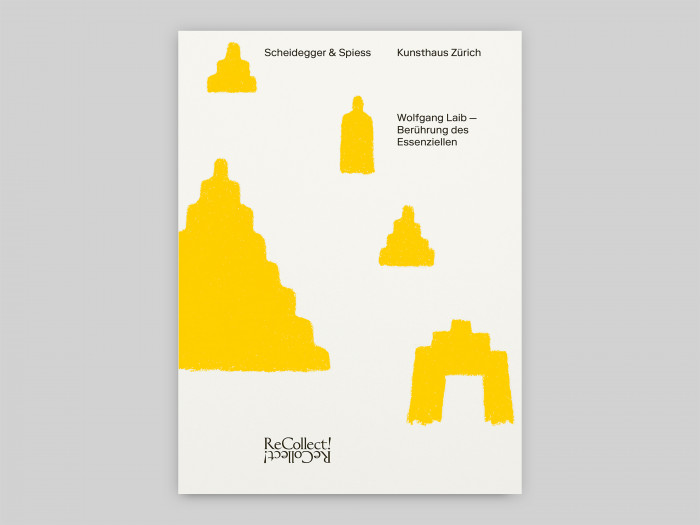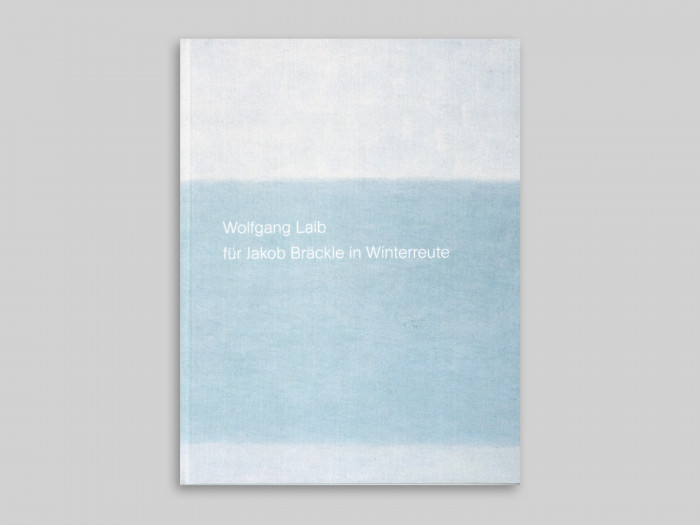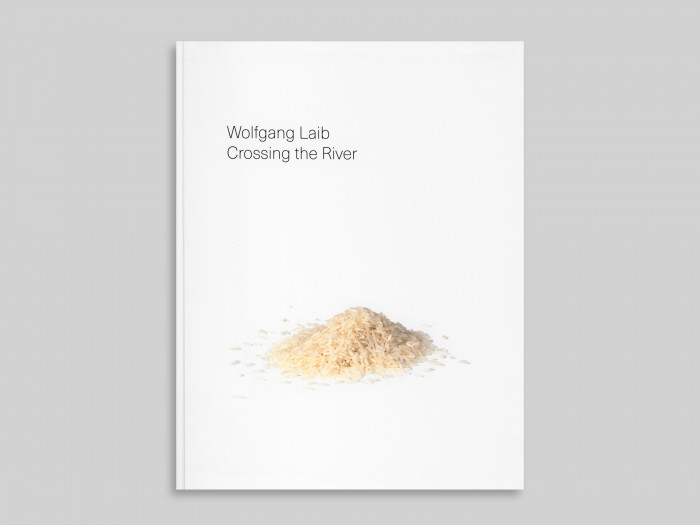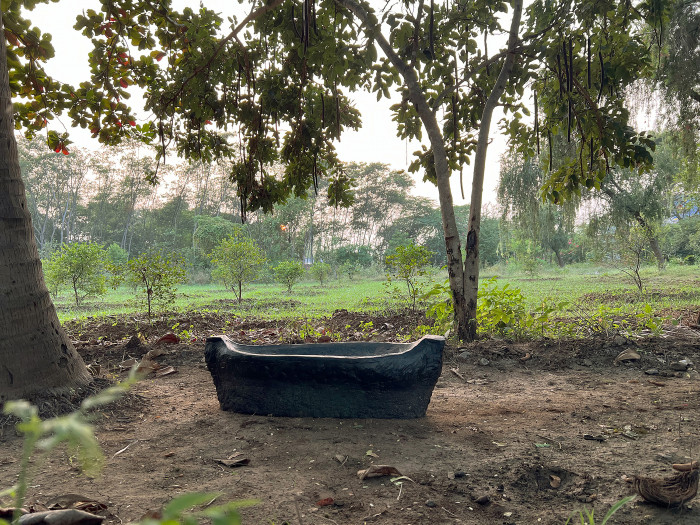
Wolfgang Laib that which is beyond the beyond, that to which all things return
The Buchmann Galerie is pleased to present Wolfgang Laib’s latest granite works in the exhibition that which is beyond the beyond, that to which all things return. Created over the past five years in his studio in Madurai, South India, these sculptures add a new dimension to the artist’s oeuvre.
The elongated sculptures, resting directly on the ground, are reminiscent of ships. Wolfgang Laib carved them by hand from granite and blackened the stone with oil and soot. The immediate physical presence of the objects radiates permanence and tranquility. The enormous weight of the stones is almost palpable. With his ships, Wolfgang Laib creates powerful symbols of departure, transition, migration, and the journey of life. Since time immemorial, the ship has been a metaphor for life’s journey, the path of the soul, and the crossing of unknown waters. The granite ships also invite contemplation of the interconnectedness of nature, humanity, and time. They are a continuation of Wolfgang Laib’s exploration of the spiritual and essential underpinnings of his sculptural forms and the associated imagination and potentiality of things.
The artist has already explored the theme of ships in earlier series. In the mid-1990s, he created ships made of beeswax, in which the deck and hull were fused together. As sealed vessels, they remained somewhat elusive to viewers. The compact and archaic forms of these new ships, made of granite, are reminiscent of dugout canoes. Their sides are roughly hewn, occasionally featuring finely articulated, vertical ribs, while their upper surfaces are smoothly hollowed out into trough-shaped depressions. When placed outdoors, as they were until a few months ago under the banyan trees in the artist’s garden in India, they collect and hold rainwater. Here water and granite, liquid and solid, meet and merge, echoing the union of milk and marble in Wolfgang Laib’s Milkstone sculptures.
Wolfgang Laib’s ships are clear expressions of the artist’s uniting of a sensibility for material and form, rooted in Western minimalist art movements, with a spirituality informed by his interest in Eastern, particularly Indian, philosophy, aesthetics, and religion.
In dialogue with the five stone ships is the artist’s wall drawing featuring the quote from Lao Tzu that lends the exhibition its title. Wolfgang Laib has continually returned to Lao Tzu’s works since his youth, and his philosophy has been a great source of inspiration for his own artistic practice.
Wolfgang Laib (b. 1950 in Metzingen, Germany) completed his first artwork—a Brahmanda carved from a large boulder—in 1972, while still studying medicine. His major solo exhibitions include presentations at the Hirshhorn Museum and Sculpture Garden, Washington, D.C. (2000); Haus der Kunst, Munich (2002); Fondation Beyeler, Basel (2005); and the presentation of the artist’s largest pollen-based work at the Museum of Modern Art in New York in 2013. In 2015, Wolfgang Laib was awarded the Premium Imperial. Wolfgang Laib is currently the subject of a comprehensive retrospective at Kunsthaus Zürich, where his works are presented in dialogue with selected pieces from the Kunsthaus collection, including works by artists such as Alberto Giacometti, Robert Ryman, Sophie Taeuber-Arp, and Piet Mondrian.
The artist’s works are represented in numerous private and public collections, including the Centre Pompidou, Paris; Kunsthaus Zürich; Museum of Modern Art, New York; Neue Pinakothek, Munich; Kunstmuseum Stuttgart; Sprengel Museum Hannover; The Phillips Collection, Washington, D.C.; and many others.
This is Wolfgang Laib’s nineteenth solo exhibition at the Buchmann Galerie since the collaboration began in 1987 with an initial exhibition in Switzerland and then concurrently in Germany since 1995. For further information about the artist or images of his works, please feel free to contact the gallery at any time.

Wolfgang Laib
Born 1950 in Metzingen. Lives and works in Southern Germany.
| 1968-1974 | Studied Medicine University of Tuebingen |
2015 Praemium Imperiale for Sculpture, The Japan Art Foundation
Kunstmuseum Bonn
Kunstmuseum Stuttgart
Neue Pinakothek, Munich
Sprengel Museum, Hannover
Kolumba Diözesanmuseum, Cologne
Centre Pompidou, Paris
CAPC, Musée d’art contemporain de Bordeaux
Collections de l’Etat Français, France
Musée d’art contempoarin, Nîmes, France
Musée départemental de Rochechouart, Rochechouart
Museé de Grenoble
Galleria Civica d’Arte Moderna e Contemporanea, Turin
De Pont Foundation, Tilburg, The Netherlands
Kunsthaus, Zürich
LAC Museum of Contemporary Art, Lugano
Kunstmuseum St. Gallen
The Art Institute of Chicago
The Museum of Contemporary Art, Los Angeles
The Museum of Modern Art, New York
The Museum of Modern Art, Tokyo
The Phillips Collection, Washington D.C.
Hirshhorn Museum and Sculpture Garden, Washington D.C.
San Francisco Museum of Art
Art Gallery of New South Wales, Sydney
The Museum of Contemporary Art, Helsinki
Toyota Municipal Art Museum, Toyota
